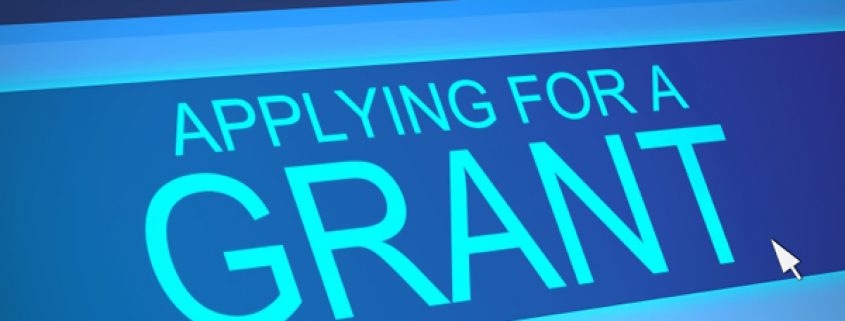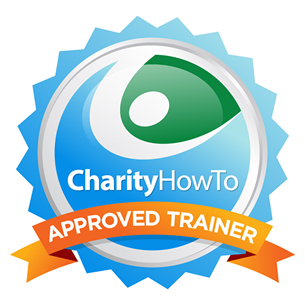The many factors that affect grant writing success are incredibly diverse. They include such things as the reputation and professionalism of the organisation; the quality of the program or evaluation design; the qualifications of proposed staff; the needs of the funder for diversity in the geographic distribution of awards or types of beneficiaries; foundation’s giving priorities; and more.
However, there are baseline metrics that, once analyzed, can provide a diagnosis of the health of one’s Grants Management Program. Following is a presentation of the basic baseline steps to take to evaluate the health of your Grants Management Program.
- Determine what stage your Grants Management Program is in. Often, what takes up a significant portion of a Grants Manager’s time is the establishment of an initial Grants Management Plan through conducting comprehensive research to build a portfolio of prospective foundations. This research can take up to three months’ worth of dedicated staff time. The number of grants that your organisation can write will depend on whether or not this research needs to be conducted. Once you create this Grants Management Plan, it will require a yearly update to ensure the year-to-year accurateness of application deadlines and other pertinent submission requirements. It will also require surfacing new additional funders. However, this annual “refresh” does not require a significant outlay of the Grants Manager’s time. Thus, the Grants Manager can spend more time on actual application creation and submission.
- Determine the number of grants your organisation has written. While there are no hard numbers regarding the number of applications that a Grants Manager should submit in a year, a “small shop”, full-time Development Director has the potential of submitting anywhere from 20-40 private foundation proposals totaling $500,000 or more in requests. In some cases, grant writing positions can sometimes be required to participate in staff meetings and functions, other fundraising events, and other activities that take away from dedicated grant development time and the number of proposals that one can realistically expect. Not all of the grant submissions will be in the form of full proposals; some will be Letters of Intent or Letters of Inquiry. You must consider this in the numbers as well, as they are often simple one-page letters.
- Review the types of grants that you are submitting. Applying to different types of funders (foundation, corporation, government) require varying amounts of effort. For instance, Federal and state proposals are more complex and require greater time demands – sometimes even several months’ worth of work to prepare – as a grant writer cannot rely on “boilerplate” language for such proposals. These proposals, by their very nature, are more complicated and involve a lengthy and arduous application process. Also, submitting a continuation grant will take less time than seeking a new, competitive grant application.
- Review the number of funders. While “hit” rate alone is not a good indicator of competence, as many variables come into play, the number of funding requests submitted are somewhat more indicative. Review the number of grants that your organisation has submitted over the past two years to see trend rates. Benchmark your organisation against others of similar scope of services and size.
- Review the number of grants awarded funding. With all Grants Management Programs, this is the end goal. A good grants writer should at least cover a percentage of their salary. Many grant writer position’s salaries are about 10% of their annual fundraising goal.
- Review the overall professionalism of the Grants Management Program. When it comes to grant proposals, I cannot overstate the value of teamwork. Highly skilled employees can lead a team project efficiently. But, they can also serve as one of the workhorses, contributing ideas and knowledge and graciously accepting guidance from the team leader. Because a successful grant application requires input and collaboration from administrators, other staff members, community members, and beneficiaries, a grant development professional’s ability to work with others and to facilitate group processes should be a key consideration. The best grant applications demonstrate a thorough understanding of the goals and objectives of a particular program or project.
After reviewing all of these essential baseline benchmarks, you can then make an accurate assessment of the health and effectiveness of your Grants Management Program. From here, you can determine if increased investments, a restructuring, or keeping the program operating as is makes sense. In any case, a yearly review of your grants program is an important measure to take.








Leave a Reply
Want to join the discussion?Feel free to contribute!